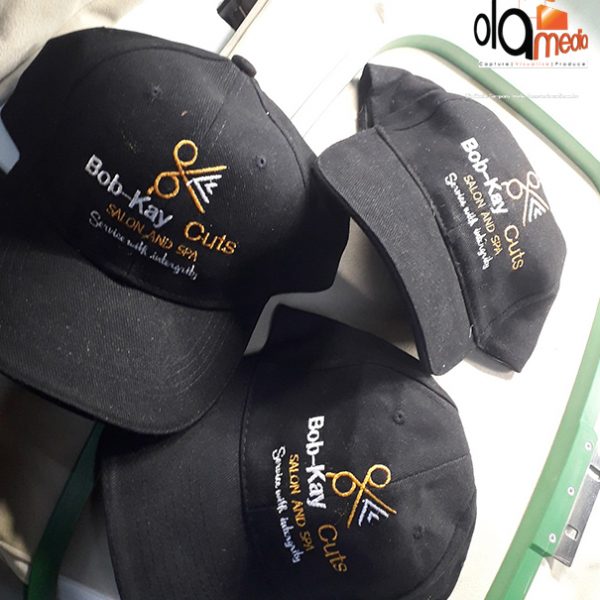Catalogue Design Tips

Catalog Design Tips
Given the rumors of its extinction, when properly implemented, catalog marketing can be successful. Catalog promotion can be very costly and unprofitable if not adequately applied due to the existing publishing, processing and shipping costs.
In comparison to high profile, large-budget retailer catalogs such as Crate and Barrel, or Victoria’s Secret, what are popular business-to – business or specialty market catalogs?
We’ll share the top 10 Catalog marketing and architecture tips below to address this question:
1. Catalog Brand Identity
The quality of the brand is fundamental to catalog marketing success. Developed brands enjoy brand recognition while new brands need to focus on successful brand name, and convincing graphic identification. Good companies usually use their catalog name on their company names or trademarks. To order to prevent ambiguity, unfamiliar products must use a convincing catalog name but may still find a literal descriptor. Certain facets of brand identity include branding, architecture, and the subject of our next best practice.
2. Catalog Design
Active catalog concept is in line with brand branding. The catalog cover influences the first experience of the collection, and the choice to open and connect. The cover must be esthetically pleasing but still express what is contained in the contents. An offer or hook can pique interest, or generate a sense of urgency, depending upon the category. Collection interiors should be arranged in a user friendly way. Larger catalogs may have a contents table, folios, or tabs. And note, what a fine white room! Some of our next best practices, the images, is a vital feature of catalog design.
3. Catalog Copy
Catalog copy must be simple, succinct, easy to read, and instructive or even amusing depending on the genre. The owner of the catalog must be able to locate all the details required for making a buying decision, or face losing the deal. Ordering detail and prices should be provided in tables which are easy to read.
4. Catalog Photography
The best catalogs are extremely visual, with limited effort helping the customer to float forward. Photography follows up the visual experience. Environmental photography is most powerful, or real-life images of products, preferably with people engaging with your products! Product photos are still a must but allow it secondary to or equivalent to environmental photography where possible. Remember snapshots!
5. Make Ordering Easy
Communicate various buying options from toll-free 800 (ideally with unforgettable number!), website or mail-in form. Not unexpectedly, use of mail-in type declines in popularity but can also be included in the list. Most customers like taking a look at the catalog to fill it out so they can keep track of items. The number 800 is helpful for inquiring customers. List the buying choices and show them on every page or section.
6. The Mail List
The old adage, “your direct mail is just as good as your list,” is truer than ever, with the high mail catalog prices. When receiving lists, verify that each has been eligible in the last year. Be careful to deduce sets, and use client (NCOA) address update. Likewise, internal lists with licensed telemarketing certification will be re-qualified, de-duplicated, and extended. Catch new opportunities via through electronic enrollment forms.
7. Catalog Promotions
Promotions build a sense of urgency! Offer free delivery from now on for 15 days! Pay $100, get a prime piece for free. Purchase, get a $25 voucher off your next order before midnight. Encourage repeat transactions with a loyalty system. Related things upsell and cross-sell. And talk of Amazon.com! Think violator of the light, call now!
8. Consider Niche Catalogs
The yellow pages will go into the general list. Niche-targeted catalogs, away from mega-brands, will help you attract and retain more consumers. To define niches and verticals, segment the consumers by category and product behaviour. Niches underserved by research and the test market. Identify Niche List Options.
9. Cross-Channel Marketing
The print catalog will coexist with a similar website or eCatalog edition in 2013. Why? For what? And they both want clients! The paper catalogs may be the means of correspondence but the internet is the chosen buying method. Additionally, search engines now archive PDFs, including online catalog copies, and PDFs can rank in search results. Collection marketing may also be interchannel or multichannel. The Internet uses search engines to spread a wide net of prospective customers. Website traffic can be provided via paying search like pay-per – click. So social media will rate high in search results so push traffic to an online store or website for ecommerce.
10. Measurement
One main benefit of catalog marketing is the opportunity to calculate results. Telephone, postal and internet orders can be conveniently monitored with clear codes to the mailing list. Conversions of sales may be measured and recorded by form of stock, date of shipment, lists and related. Where used to chart sales and monitor patterns. The automation marketing platform will help calculation and monitoring.












